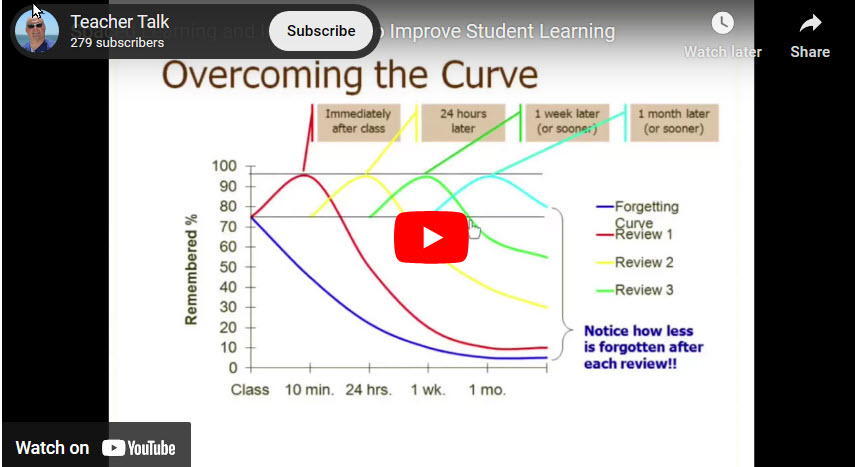Best Way to Learn Anatomy and Physiology
Which is better for learning A&P cumulative or serial testing?
Anatomy and physiology courses usually have a lot of tests including quizzes, midterm exams and a final exam. The theory is that this approach provides students an opportunity to miss some questions and still secure a high grade.
But the question then arises does this approach also support long-term learning? It turns out that cumulative testing that always includes some questions from previous sections of material better supports long-term retention of information.
Why would this be the case? Research shows that relearning material solidifies knowledge in the mind. Cramming can get you the A in anatomy and physiology you want. However, it will be a hassle later when you get to your graduate work in a healthcare profession and do not remember much about what you studied.
Spaced study and relearning
Cumulative testing forces spaced study and relearning. Spaced study that allows some time for forgetting the information and then relearning it works to establish long-term retention in all types of scholarship. But it is an especially important approach in human anatomy and physiology because of the biology of the body.
The human body is divided into systems and compartments for study. But, all the compartments are integrated. For example, if you cram for the bone exam and do not remember bone names when you get to muscles, memorizing muscle names is very hard. And, because of homeostatic mechanisms, physiology is almost impossible to memorize.
Forgetting promotes learning
This YouTube video was made to help teachers use what psychologists now know about human memory and learning as they set up their courses. However, the video does a good job of explaining optimal timing of the spacing of study for long-term retention. The specifics presented will also help busy anatomy and physiology students optimally schedule their study time.
More about new learning:
Spacing Your A&P Study by Kevin Patton
Do you have questions?
Send me an email with your questions at DrReece@MedicalScienceNavigator.com or put them in the comment box. I always read my mail and answer it. Please share this article with your fellow students taking anatomy and physiology by clicking your favorite social media button.
Margaret Thompson Reece PhD, physiologist, former Senior Scientist and Laboratory Director at academic medical centers in California, New York and Massachusetts is now Manager at Reece Biomedical Consulting LLC.
She taught physiology for over 30 years to undergraduate and graduate students, at two- and four-year colleges, in the classroom and in the research laboratory. Her books “Physiology: Custom-Designed Chemistry”, “Inside the Closed World of the Brain”, and her online course “30-Day Challenge: Craft Your Plan for Learning Physiology”, and “Busy Student’s Anatomy & Physiology Study Journal” are created for those planning a career in healthcare. More about her books is available at https://www.amazon.com/author/margaretreece. You may contact Dr. Reece at DrReece@MedicalScienceNavigator.com, or on LinkedIn.
Dr. Reece offers a free 30 minute “how-to-get-started” phone conference to students struggling with human anatomy and physiology. Schedule an appointment by email at DrReece@MedicalScienceNavigator.com.




Comments
Best Way to Learn Anatomy and Physiology — No Comments
HTML tags allowed in your comment: <a href="" title=""> <abbr title=""> <acronym title=""> <b> <blockquote cite=""> <cite> <code> <del datetime=""> <em> <i> <q cite=""> <s> <strike> <strong>